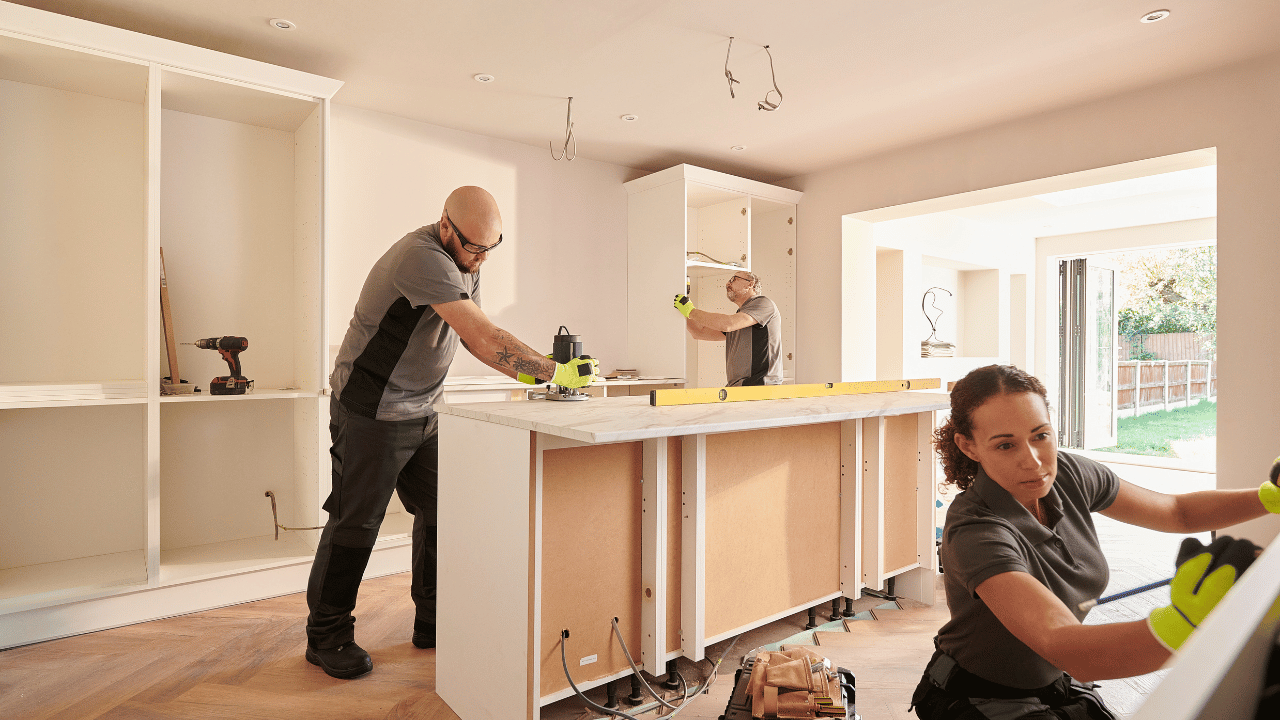Last Updated on October 21, 2023 by Pro Handyman Australia – Editorial Team
When it comes to giving your kitchen a facelift, the name ‘Ikea’ often emerges as a top contender. Renowned for its sleek Scandinavian designs and cost-effective solutions, Ikea has become synonymous with modern, affordable makeovers. However, how much does it genuinely cost to revamp your culinary space with this globally recognized brand, especially in the context of Australia? This blog delves into the intricacies of an Ikea kitchen renovation in the Australian market, providing insights into budgeting, design choices, and what to anticipate in terms of expenses. Whether you’re a homeowner seeking a stylish yet budget-friendly transformation or a curious reader, this guide will offer a clear perspective on the Ikea kitchen renovation landscape in Australia.
Exploring Flat Pack Kitchens

Varieties of Flat Pack Kitchens
Flat pack kitchens come in two primary categories: modular (often termed ‘off the shelf’) and made-to-measure, based on the supplier’s offerings. While some renowned brands in Australia produce modular kitchens with cabinets and cupboards in various standard sizes, they also give you the flexibility to personalize them with your desired fixtures or materials. Conversely, some suppliers specialize in crafting made-to-measure flat pack cabinetry, tailored precisely to your measurements. However, keep in mind that a made-to-measure flat pack kitchen tends to be pricier.
Benefits of Opting for a Flat Pack Kitchen
The allure of flat pack kitchens lies in their efficiency and cost-effectiveness. Compared to custom kitchens, these flat-packed alternatives promise a quicker installation process and significant savings. Depending on the specific design and quality you opt for, you might find yourself saving anywhere between 20% to 50% of what you might have spent on a custom kitchen.
Historically, many home renovators were hesitant about flat pack kitchens, mainly due to concerns surrounding their construction quality and perceived lack of design versatility. However, advancements over the recent years have transformed the landscape of flat pack kitchen offerings. Nowadays, these kitchens are teeming with customization options. From a wide variety of cabinet facings, benchtop materials, and cabinet hardware and materials to luxurious additions like pull-out pantries and under-cabinet lighting, the choices are abundant.
For those prioritizing durability, one crucial feature to seek is the solid back carcass construction. This is often an indicator of superior quality in cabinetry.
The Distinctiveness of IKEA Kitchens
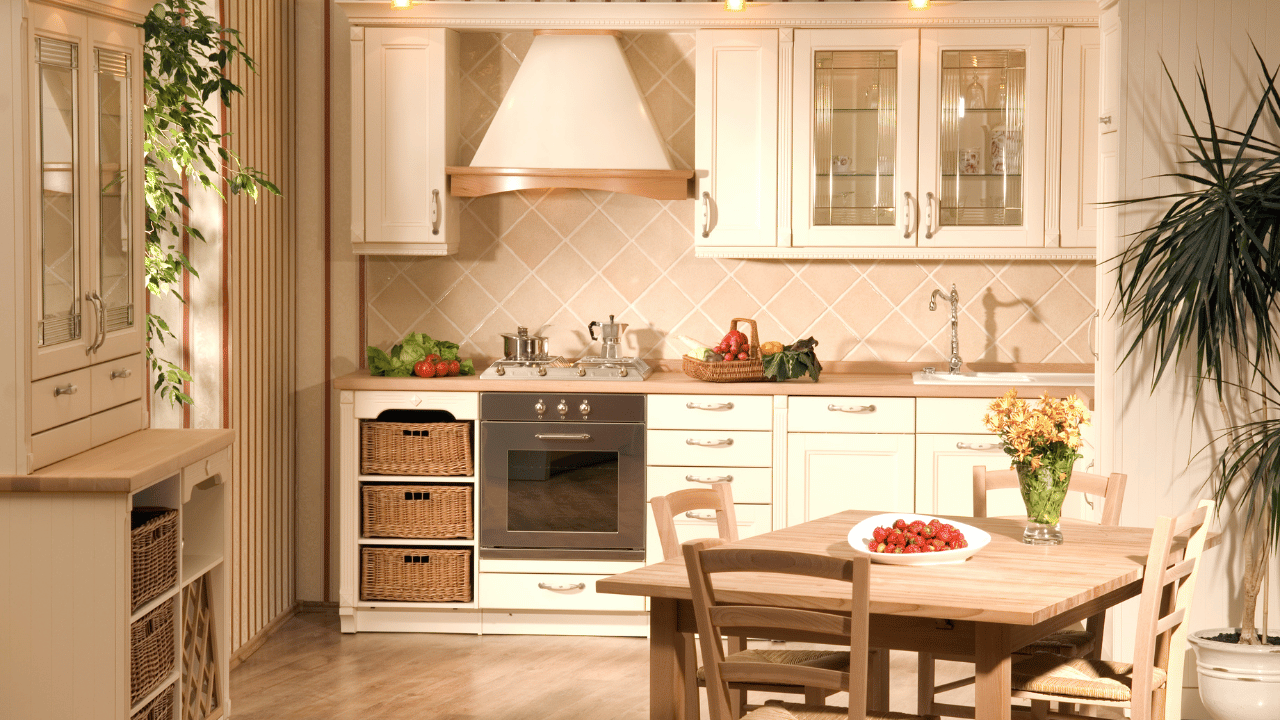
IKEA, a renowned Swedish brand, offers a unique kitchen solution often referred to as flat-pack kitchens. These are modular and ready-to-assemble furniture systems, where all kitchen components, including cabinetry and custom doors, arrive in a compact, flat state. These kits are designed with meticulous care, incorporating every component and detailed instruction necessary for assembly.
Several reasons have propelled the rise in popularity of IKEA kitchens:
- Affordability: IKEA’s cost-effective solutions are often more budget-friendly compared to other brands, such as the cabinets from their Metod and Knoxhult ranges, which are priced around $260. The flat-packed nature reduces shipping and storage costs.
- Sustainability: In a world emphasizing sustainability, IKEA is paving the way with its commitment to becoming a circular business by 2030, aiming to recycle and reuse its materials and minimize waste.
- Customisation: Whether starting from scratch or redesigning, IKEA offers vast design options. From varying colours, sizes, and materials, they ensure your kitchen truly reflects your personal style.
- Durability: IKEA uses more than just the medium-density fiberboard (MDF). They blend wood, composite, and natural fibres, enhancing the durability of their products. As evidence of their faith in their products, they offer a 25-year warranty on kitchen cabinets.
For the DIY enthusiasts, IKEA kitchens are a dream, with the option to purchase parts separately. However, if you feel unprepared to tackle the assembly, professional services are available to ensure a seamless installation.
Understanding Flat Pack Kitchen Installation Costs
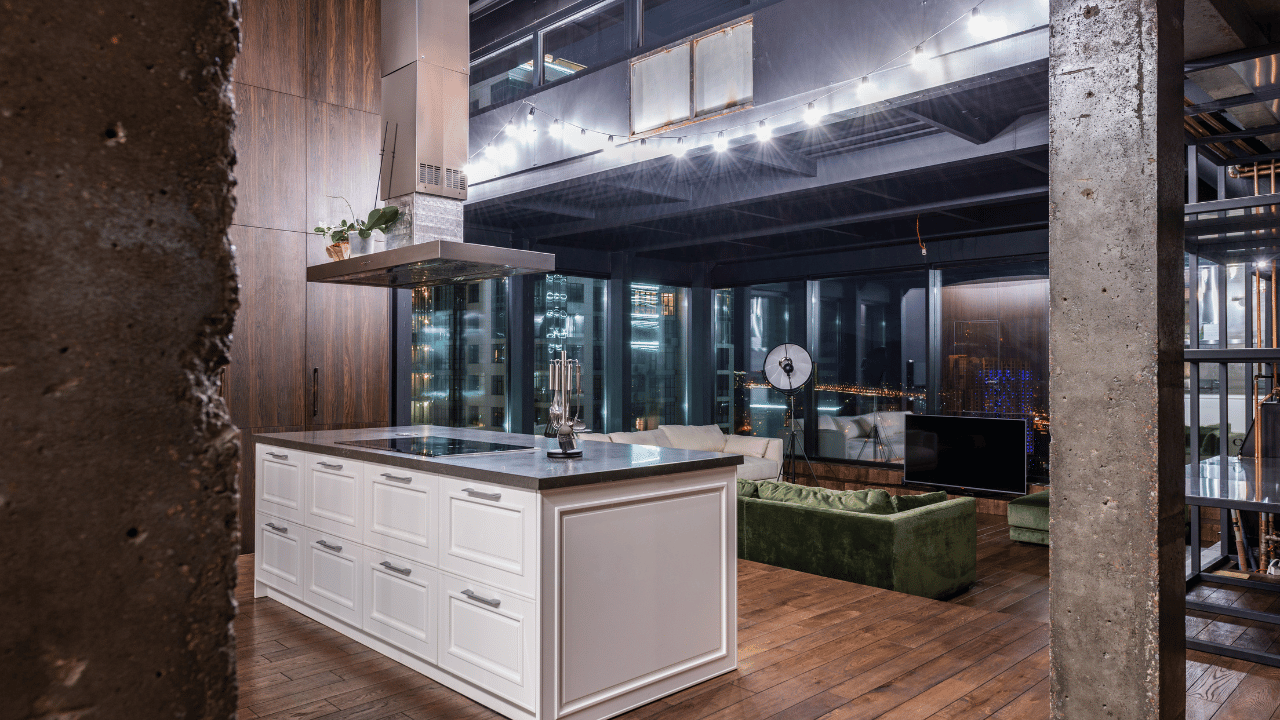
Professional Installation Costs
Opting for professional installation of your flat pack kitchen comes with its associated costs. On average, you might be looking at an expenditure of around $2800. However, some service providers, like those specializing in installing specific brands, might offer this service at rates as low as $1200.
In addition to this, remember that you’ll probably need the services of a plumber and electrician to integrate the utilities in your kitchen. Each of these professionals might set you back by approximately $800.
The Appeal and Costs of IKEA Kitchens
IKEA kitchens have carved a niche for themselves in the flat pack kitchen industry. They are celebrated for their affordability, durability, aesthetic appeal, and functionality. IKEA’s digital platform offers a handy kitchen cost calculator, enabling potential buyers to visualize their kitchen setup by selecting cabinetry and arranging it virtually.
To provide a tangible understanding of costs, let’s delve into an example from the Butler family in Redfern, Sydney, who opted for a mid-range L-shaped kitchen with IKEA at its core:
- Their cabinetry, the IKEA Utrusta, cost them $4300.
- For their benchtop, they went with Caesarstone quartz, which, inclusive of labor and materials, amounted to $3619.
- To tile their kitchen floor (approximately 37 square meters) with 600mm x 600mm ceramic tiles, they incurred a charge of $4375 for both materials and labor.
- A splashback with wall tiles came in at $600.
- Their choice of lighting, including pendants and LED downlights, summed up to $1000.
A distinctive feature of IKEA kitchen drawers is their robust metal construction, soft-closing functionality, top-notch Blum hinges, and durable hardware. The brand also presents a rich palette of cabinet facing colors and a contemporary selection of benchtop and splashback materials.
However, one limitation of IKEA kitchens is their confinement to standard dimensions. If you possess a uniquely shaped space, like a corner pantry, you might find limitations in their offerings. However, usually, IKEA’s installation experts can suggest workable solutions.
Lastly, while IKEA is a noteworthy mention, other retailers, such as Bunnings, offer kitchens within a similar price bracket and quality. It’s always beneficial to explore multiple options before making a decision.
Cost Breakdown: Renovating with IKEA
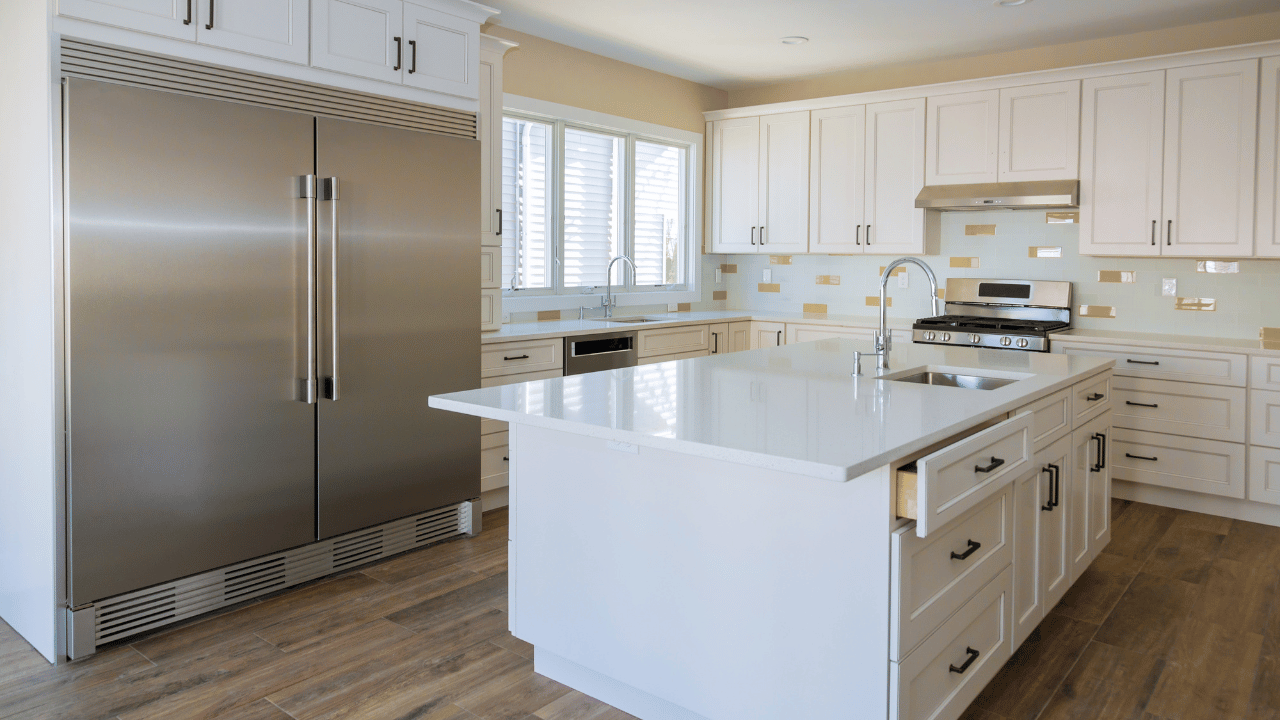
As kitchen remodeling expenses rise, IKEA emerges as a beacon for those desiring a chic yet affordable makeover.
A standard IKEA kitchen generally ranges from $6,500 to $19,000, influenced by the kitchen’s dimensions, cabinet types, and other selected accessories and appliances. Most homeowners spend between $8,500 and $14,500 for an all-inclusive IKEA kitchen.
Not only does IKEA offer an excellent balance between cost, quality, and aesthetics, but their value proposition stands tall compared to other budget kitchen remodeling options.
Breaking Down the Average IKEA Kitchen Costs
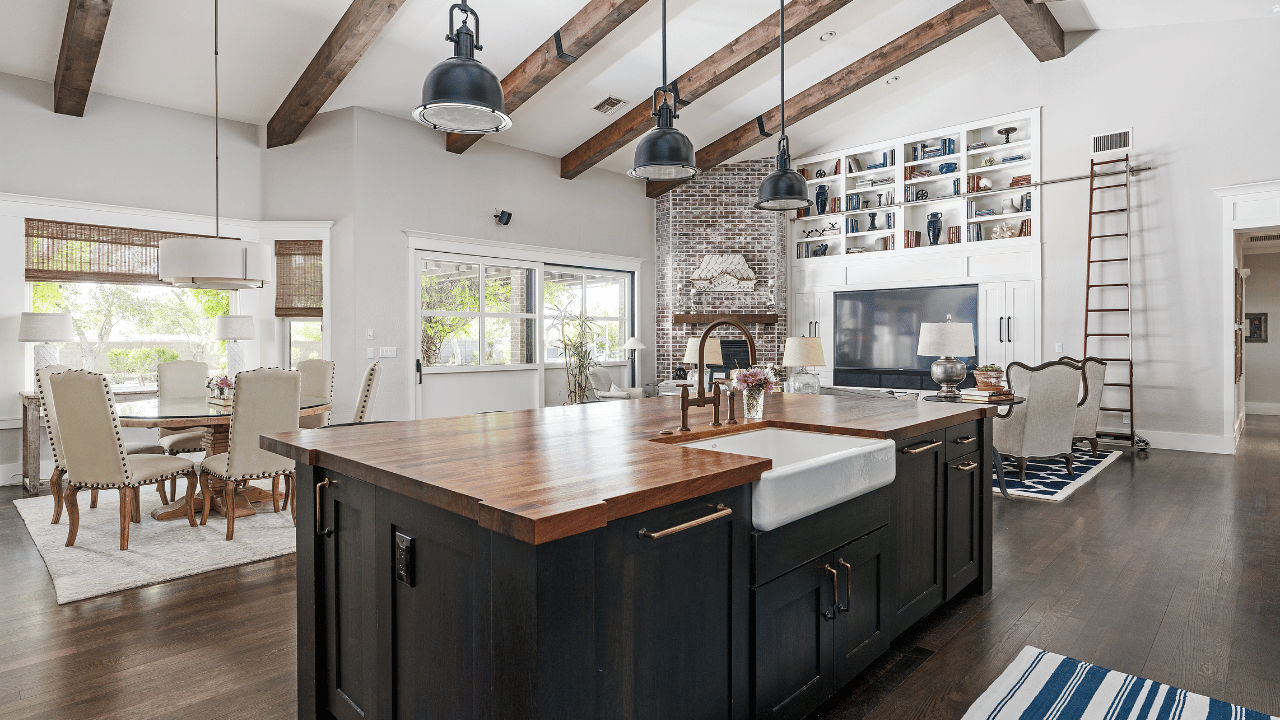
The cost of renovating your kitchen varies based on room size, layout, and the quality of materials you choose. Structural changes like adjusting walls or rerouting utilities can increase the expenses substantially. Typically, a complete renovation of a standard 10×12 kitchen starts from $26,000 to $38,000. However, with IKEA, you can achieve your dream kitchen at a fraction of that cost.
Here’s an average breakdown of IKEA’s kitchen offerings:
- Kitchen consultation: $145
- Combined cost for appliances such as dishwasher, stove, range, microwave: $2,300
- Kitchen cabinets: $6,950
- Organizational tools like drawer organizers and dividers: $340
- Butcher block: $278
- Quartz countertops for 50 sq.ft.: $3,250
- Hardware, including cabinet knobs: $285
- Lighting: $325
- Faucet and sink: $385
- Backsplash tiles, installation included: $750
- Gas stove installation: $523
- Totaling an average kitchen cost to: $15,531
It’s worth noting that the aforementioned costs include installation by IKEA professionals. For those looking to maximize their savings, watch out for IKEA’s seasonal sales events, which can lead to even more substantial discounts.
Cost of IKEA Kitchen Cabinets
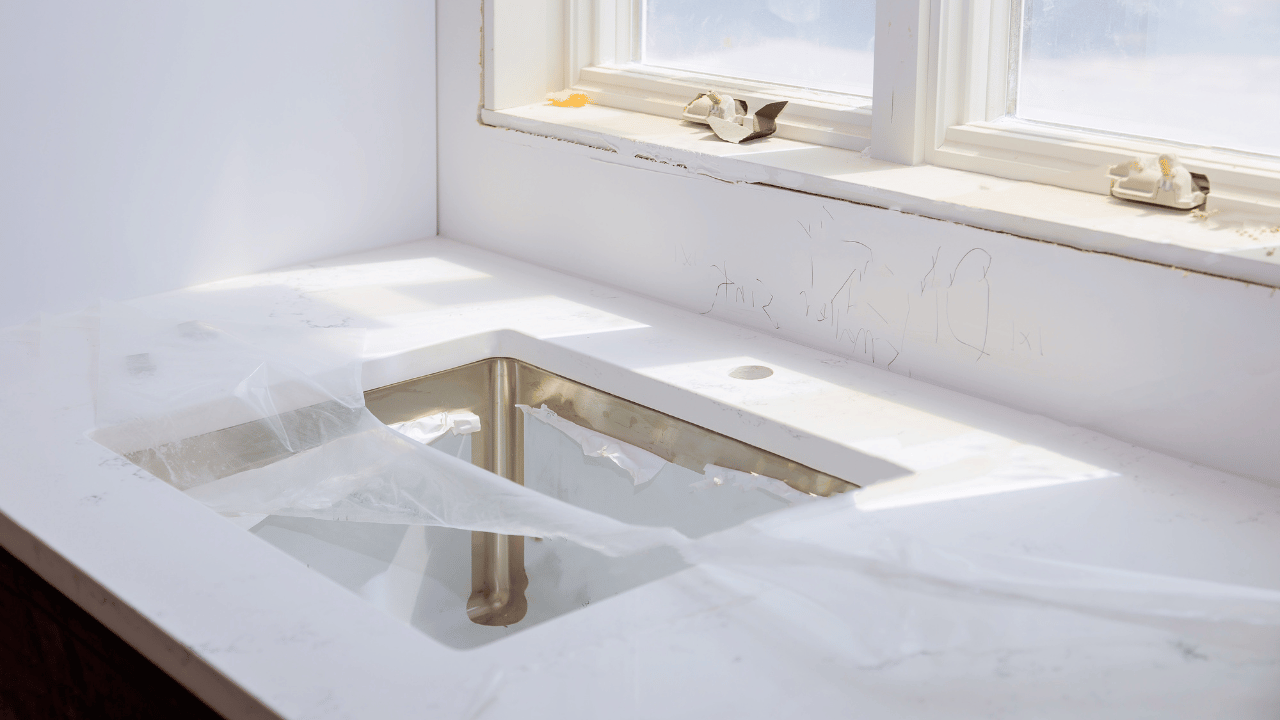
Understanding the Pricing Structure
Remodeling a kitchen can be an exciting yet expensive endeavor. When opting for IKEA kitchen cabinets, the cost is determined by several factors such as the number of cabinets, chosen crown molding, and the specific panels. Furthermore, the material and cabinet style also play a pivotal role in the overall pricing.
On average, for a kitchen spanning 100 square feet, IKEA kitchen cabinets alone might set you back around $2,500. However, once you decide to include additions like a pantry, specialized panels, and soft-close hardware, this price can ascend to about $3,500.
What one must also account for are the delivery and professional installation costs. Surprisingly, when you factor these in, the price of the cabinets can triple. To put it in perspective, if the basic cabinet cost is $2,500, by the time it reaches your home and is set up, you might be looking at a sum of approximately $7,500.
When you juxtapose this against other market options, even the most budget-friendly stock kitchen cabinets can be in the same price range or cost up to 20% more when fully installed. Semi-stock cabinets, on the other hand, might cost you up to 50% more. Going the custom route? Brace yourself to pay three to four times the amount.
Material Matters: What Constitutes an IKEA Kitchen Cabinet?
At the heart of every kitchen cabinet is the cabinet box, which excludes the fixtures, drawers, and doors. Diving into what an IKEA cabinet is made of:
- The central component or the core is fashioned out of Particleboard.
- The external appearance is enhanced by Laminated veneer.
When it comes to the materials used for drawers and cabinet doors, IKEA classifies them into four categories:
- Real Wood and MDF: IKEA offers four distinctive models crafted from real wood, such as EKESTAT which combines solid oak or ash for door edges and oak veneer on particleboard for the panels. Other models like FILIPSTAD, BJORKET, and LAXARBY also utilize solid wood and veneer combinations.
- Foil and MDF: A combination of melamine foil and/or thermofoil is used to create eight models: HAGGEBY, TINGSYRD, EDSERUM, JARSTA, BROKHLT, MARSTA, GRIMSLOV, and RINGHULT.
- Paints and MDF: Four unique lines, namely HITTARP, BODBYN, FLADIE, and VEDDINGE, are crafted using paints and MDF.
- Metal and Glass: The JUTIS design is a blend of aluminum and glass, while the GREVSTA line merges melamine, stainless steel, and particleboard to create a modern aesthetic.
Mapping Out Your Flat Pack Kitchen

1. Selecting the Right Cabinets
The cost of your flat pack kitchen largely depends on the features you incorporate. A significant portion of this cost revolves around cabinets. Typically, flat pack kitchen costs are determined by the number and type of cabinets you choose. Here’s a breakdown of the usual components in a standard kitchen:
- Base storage cabinets serve as the primary storage.
- A drawer cabinet is essential for smaller utensils and tools.
- At least one or two corner cabinets to maximize space utilization.
- A fridge cabinet is designed to house the refrigerator seamlessly.
- Pantries are vital for storing food items.
- A sink cabinet is specially designed to accommodate the sink and its plumbing.
- Overhead cabinets are great for items that aren’t frequently used.
These cabinets are generally available in standard widths that can be effortlessly combined to fit most kitchens. However, if your kitchen requires a unique width, many manufacturers can cater to such customized requests.
2. Deciding on Doors and Drawers
Once the cabinets are in place, the next step is to focus on additional inclusions, like doors and drawers. Some factors to consider include:
- The quality of door hinges and drawer runners.
- The preference for metallic drawers.
- Additional accessories like cutlery trays, a lazy susan for corner cabinets, and storage racks for pantries.
The style and material of the doors and drawer fronts you pick can influence your kitchen’s overall expense. While melamine fronts are more cost-effective, timber and two-pack polyurethane typically sit on the higher end of the price range.
3. Benchtop Choices
The benchtop is the crowning touch to your kitchen, and the type you select can substantially influence the final pricing. It’s worth noting that some flat pack kitchen companies might not offer the specific benchtop style you desire, necessitating you to seek out specialized benchtop suppliers.
Though you might be tempted to install the kitchen cabinets on your own, it’s advisable to rely on professionals when it comes to benchtop installation. Given that most kitchens aren’t perfectly square or straight, an experienced installer will have the necessary expertise to ensure your benchtop fits just right.
Navigating the Flat Pack Kitchen Installation Process
Choosing the Right Installer for Your Kitchen
Embarking on the installation journey of your flat pack kitchen is a significant step, and ensuring you hire the right professional is paramount. Here are some crucial questions to pose to potential installers to ensure a seamless experience:
- Do you hold a valid license for this type of work?
- Are you adequately insured to undertake installations in residential spaces?
- Could you shed light on your prior experience with flat pack kitchen installations?
- What’s the estimated duration for completing my installation?
- Is it possible for you to furnish a detailed written estimate?
- Could you provide any references that I might contact to gauge your work quality?
- Would it be possible to view some of the past projects you’ve handled?
Conclusion
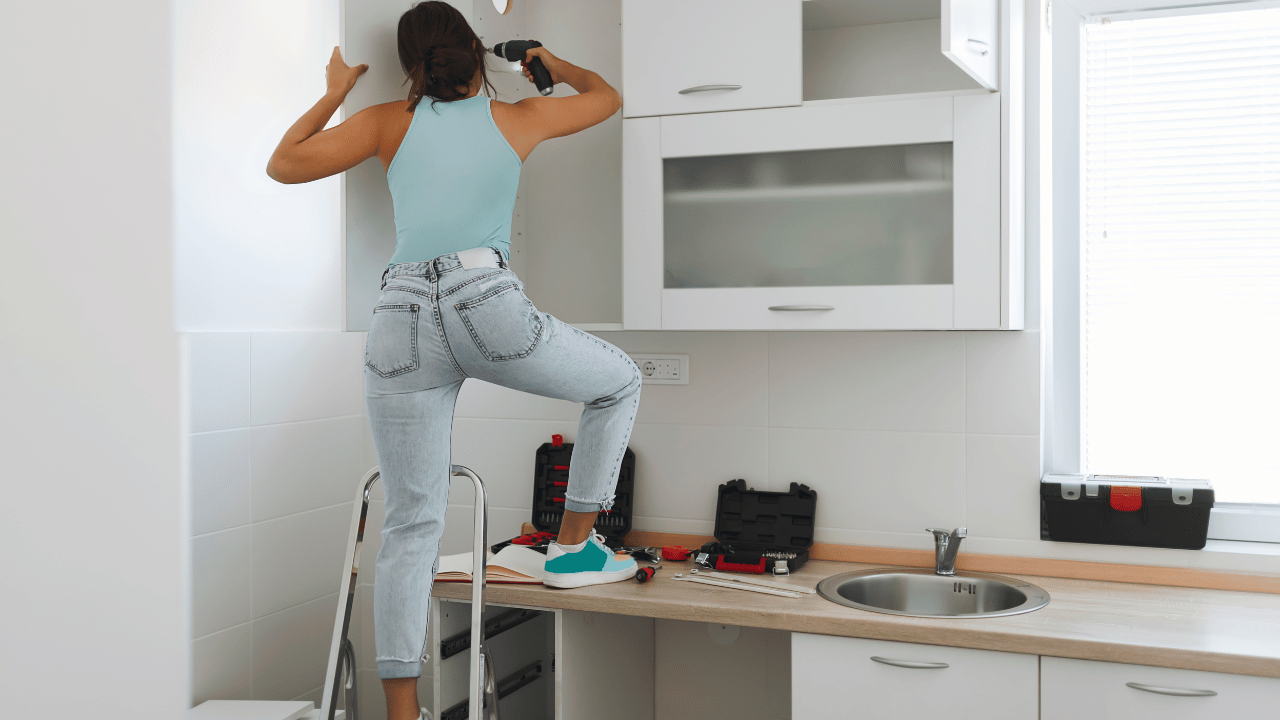
Renovating a kitchen is a significant undertaking, both in terms of time and financial investment. In the Australian context, IKEA stands out as a go-to option for many homeowners seeking quality, style, and affordability. While the initial cost of IKEA kitchen components may appear more accessible, it’s crucial to factor in the additional expenses of delivery, installation, and any bespoke modifications. However, with its diverse range of designs, commitment to sustainability, and the reputation of delivering value for money, an IKEA kitchen renovation remains a top choice for those looking to blend functionality with modern aesthetics without breaking the bank.
